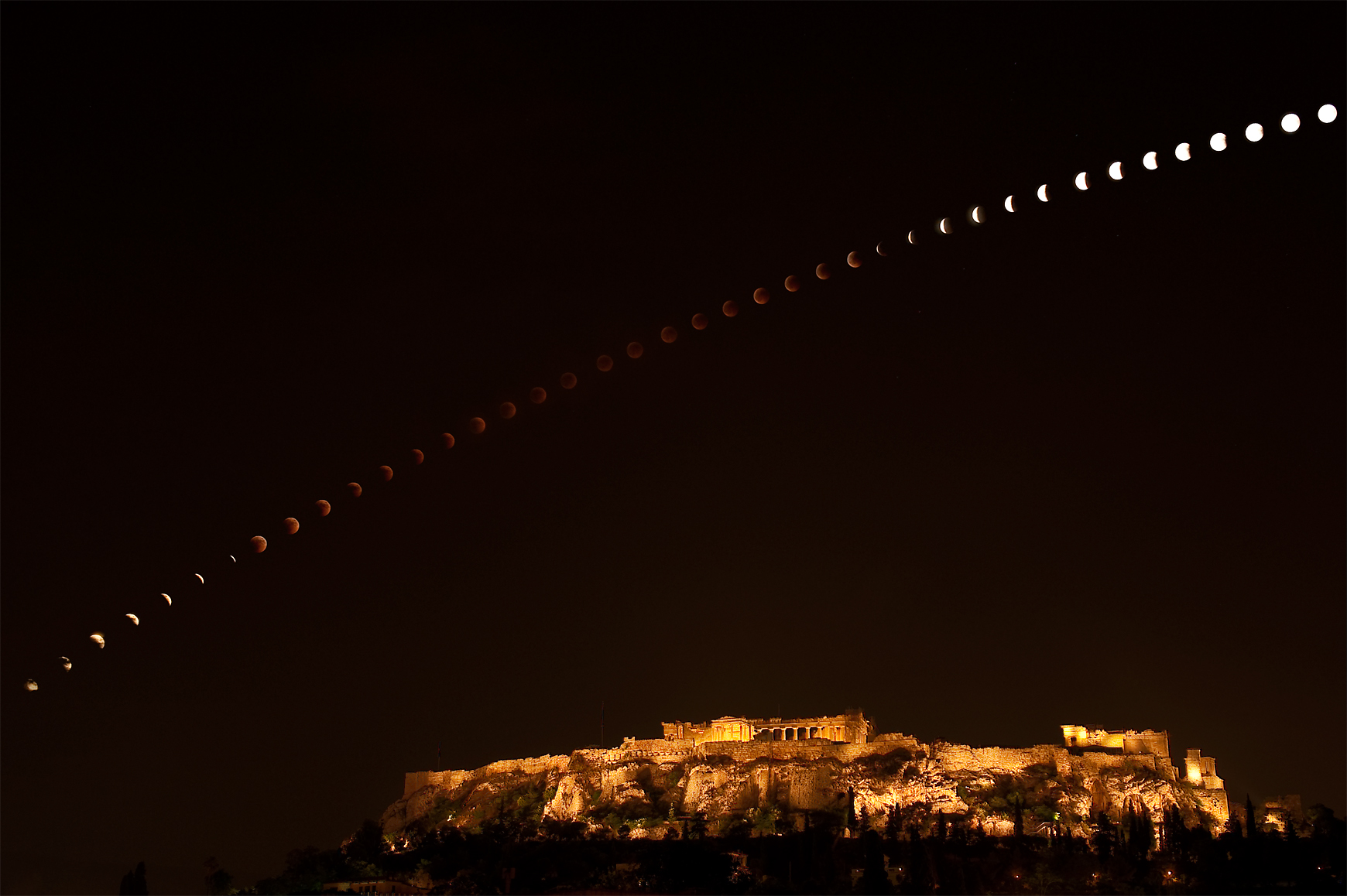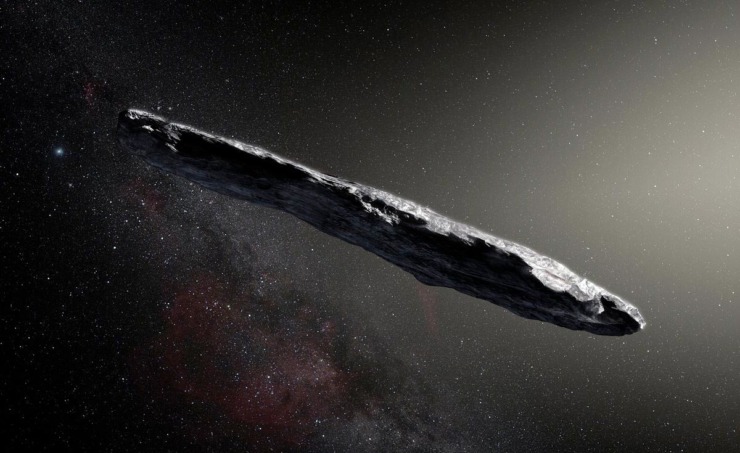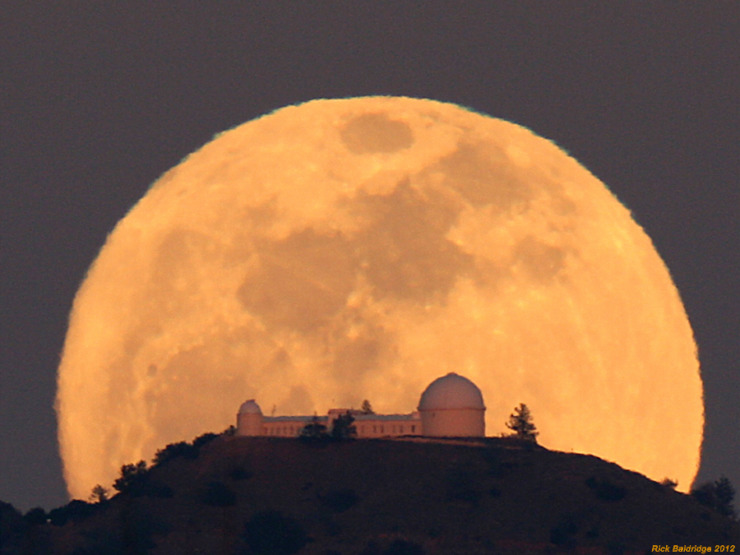On Wednesday morning, January 31, residents of North America (and particularly those on the west coast) will experience a rare triple event:
* The full moon will enter the Earth’s shadow and show a total eclipse (turning the full moon into a dark reddish disk)
* This will be the second full moon in the same month – something we call a blue moon
* And it will be a “supermoon,” where the Moon is full just as it’s closest to our planet Earth (this last thing by itself is not especially rare; in fact it will be third “supermoon” in a row).
Having all three together is unusual. The last time we had a blue moon totally eclipsed in the U.S. was more than 150 years ago.
Here are the times of the eclipse of the Moon on the morning of January 31 in different U.S. time zones:
Eclipse Circumstance Pacific Mountain Central Eastern
Partial eclipse begins 3:48 am 4:48 am 5:48 am 6:48 am
Total eclipse begins 4:52 am 5:52 am 6:52 am —
Total eclipse ends 6:08 am 7:08 am — —
Partial eclipse ends 7:11 am — — —
— means that Moon has already set (is below the horizon)
You can see that in the eastern half of the U.S., the full Moon sets before the total eclipse or just as the eclipse is getting good, but in the western half of the U.S., some or all of the eclipse will be ready to delight those who can get up early (before the Sun does) that morning.
If you are planning to get up to see the last part of the total eclipse, there is one other factor to keep in mind. The eclipsed Moon is setting in the west as the Sun is rising in the east. That means you have to have a clear sight-line toward the western horizon for the eclipse. If buildings or trees block your view in that direction, you could miss the event. So scout out the location where you plan to be in advance. (Maps and charts can be seen at: https://www.skyandtelescope.com/obser…/january-lunar-eclipse/ )
Note: Only the total eclipse turns the Moon an eerie dark red (because of the bending of red light in the Earth’s atmosphere.) Once the total eclipse is over, the reddish effect that eclipse fans like (and the media call a “blood moon”) will be gone.
Our remarkable photo, by Elias Politis, shows a 2011 lunar eclipse sequence over the Acropolis in Greece.



